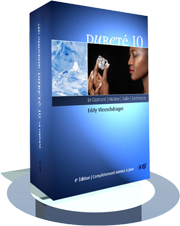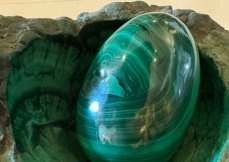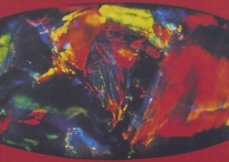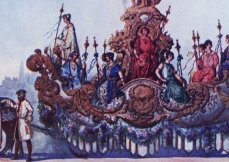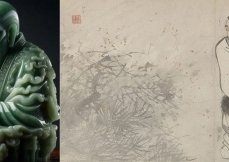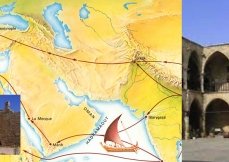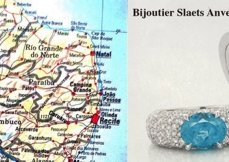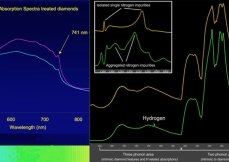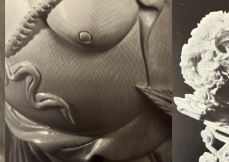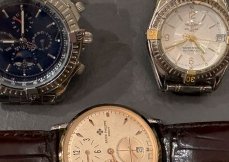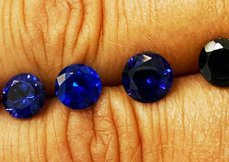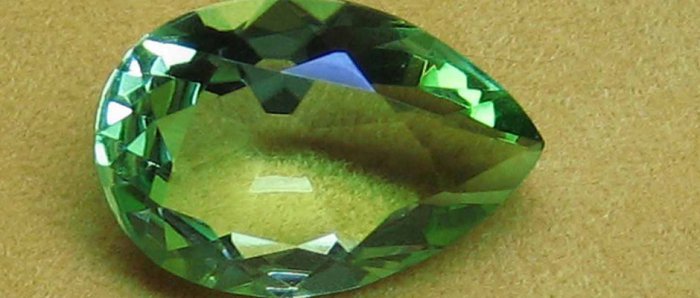
The Dresden Green | EN
This pure diamond probably originating from India, has an exceptional apple-green colour. It has the shape of a pear or almond and weighs 40.7 carats. Its rough weight is not known.
It was talked about for the first time when it was the property of Augustus I (1553-1586), Prince and Elector of Saxony, who had the formula of unity drawn up to unite the Lutherans. According to other sources of information it would have been the Elector of Saxony who would become the King of Poland under the name Augustus II the Strong, who bought the diamond for $150,000 at the Leipzig fair. Upon his death in 1753 Augustus II bequeathed his jewellery to the Dresden palace. For a long time the diamond was displayed in the "Green Vault" of Dresden. When the Russians invaded the area in 1945, the Soviet troops confiscated the stone but it was returned to the city of Dresden in 1958 and is on display again in the George Palace.
Although a green diamond is very rare in natural state, we often come across it amongst "bombarded" diamonds. These are diamonds irradiated with alpha rays, elec¬trons, gamma rays and neutrons. It was difficult to establish the difference, but today we have a lot scientific tools such as spectroscopy to confirm if the stone is natural or treated coloured. The difference in value on the contrary between a naturally green stone and an irradiated green stone is enormous... An apple-green stone weighing 3.02 carats was sold in April 1988 at Sotheby's for $568,000 per carat. A similar but irradiated stone would only fetch $4,000 to 5,000 dollars per carat. For the diamond dealer there are certain indications (for instance visible lines under the microscope) that indi¬cate the real nature of the stone...
Recently a spectacular robbery took place in the famous green Vault of Dresden. Many historic jewels disappeared. Fortunately, the Dresden Green was not there. It was on lent to a museum for an exhibition abroad.
|
